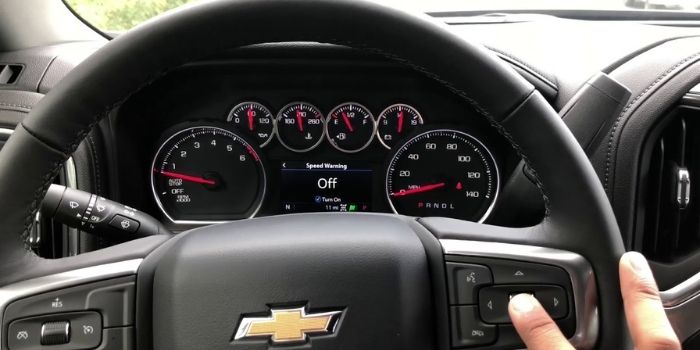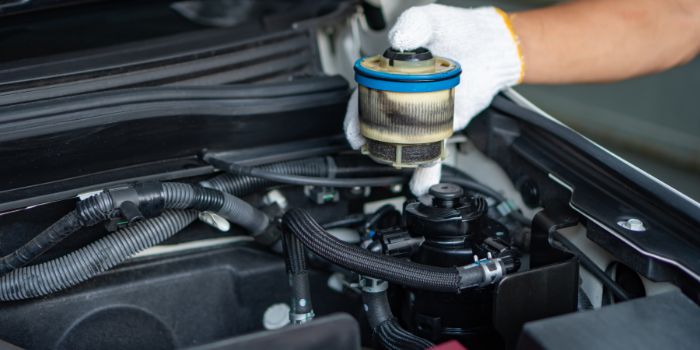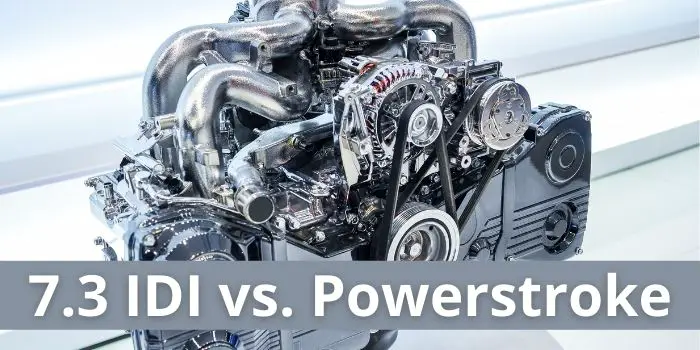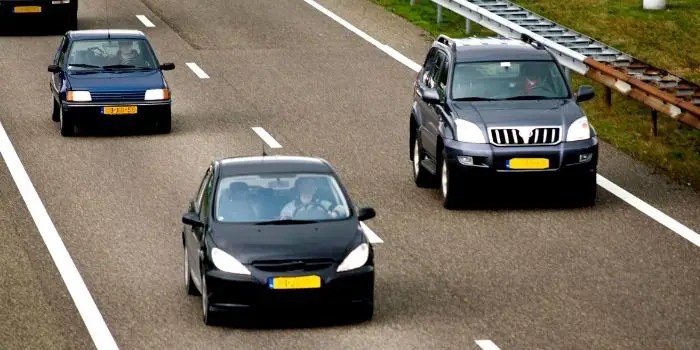The speed limiter is a device that is installed on the vehicle to limit its maximum speed. This is usually for safety reasons, to prevent the driver from going too fast and causing an accident.
In some cases, the speed limiter may also be used to save fuel or to reduce wear and tear on the engine.
But before you proceed, remember that there are two concerns when it comes to removing the speed limiter on your vehicles…
- First, it can make your vehicle less safe to drive
- And second, it can make your vehicle less fuel-efficient and can damage your engine
In some areas, it is perfectly legal to disable the speed limiter on your vehicle. However, in other areas, it is illegal to do so.
So, before you have the speed limiter on your vehicle removed, it is important to check the laws in your area. This way, you can avoid getting into trouble with the law.
How to Turn off the Speed Limiter?
If you are taking the vehicle to the track and want to see what it is truly capable of, you might want to remove the speed limiter.
Another reason is if you need to tow a heavy load and need every bit of power that your car engine can provide.
There can also be a failure within the speed limiter that causes it to break down and need to be removed.
If you want to remove it, there are a few different ways to do it…
One way is to disconnect the speed sensor, which is located on the transmission. Secondly, you can install a performance chip or module, which will override the speed limiter.
Some people simply remove the speed limiter fuse, although this should only be done if you are sure that you will not be driving the vehicle at high speeds.
The process of removing the speed limiter on your car is quite simple. All you need to do is
- Locate the vehicle’s PCM, or power control module, which is typically located underneath the hood, near the battery.
- Once you have located the PCM, you will need to disconnect the negative battery cable.
- Next, locate the speed limiter fuse, usually labeled as such.
- Remove this fuse, and your speed limiter will be disabled.
It is important to note that without the speed limiter, your car will be capable of reaching much higher speeds than it would be otherwise. So be cautious when driving and always obey the posted speed limits.
The cost of removing a speed limiter will vary depending on the make and model of your vehicle.
However, in most cases, you can expect to pay between $80 and $200 for the service. The cost could be even higher if you have a particularly high-end vehicle.
No matter what, it is important to make sure that you find a reputable and experienced mechanic to remove your speed limiter.
This will ensure that the job is done correctly and that your vehicle is not damaged in the process.
Why Does Your Vehicle’s Speed Limiter Break Down?
The key reasons why your truck’s speed limiter breaks down and you might want to remove the speed limiter are:
Damaged sensor: The speed sensor is one of the most important parts of the speed limiter system. If this sensor becomes damaged, it can cause the entire system to fail.
Malfunctioning PCM: The power control module is responsible for sending signals to the speed sensor. If this module malfunctions, it can cause the speed sensor to fail as well.
Failed fuse: The speed limiter system is powered by a fuse. If this fuse fails, the system will not be able to function properly.
Circuit breakdown: If any of the circuits in the speed limiter system break down, it can cause the system to fail.
The camera goes bad: The camera is responsible for sending signals to the speed sensor. If this camera goes bad, it can cause the speed sensor to fail.
Other internal software problems: There are a number of other software problems that can cause the speed limiter system to fail. These include issues with the programming, coding, or firmware.

Based in Orem (Utah) John Paterson graduated from Utah Valley University and has begun writing in 2009. He has a large wealth of experience in writing articles related to cars, automotive repair, wheels, cleaning/maintenance, and much more. He has also written instructional articles in a similar niche for a few online publications as well. Currently, he works as a mechanic in his personal garage shop where he loves serving his countrymen from his heart.






